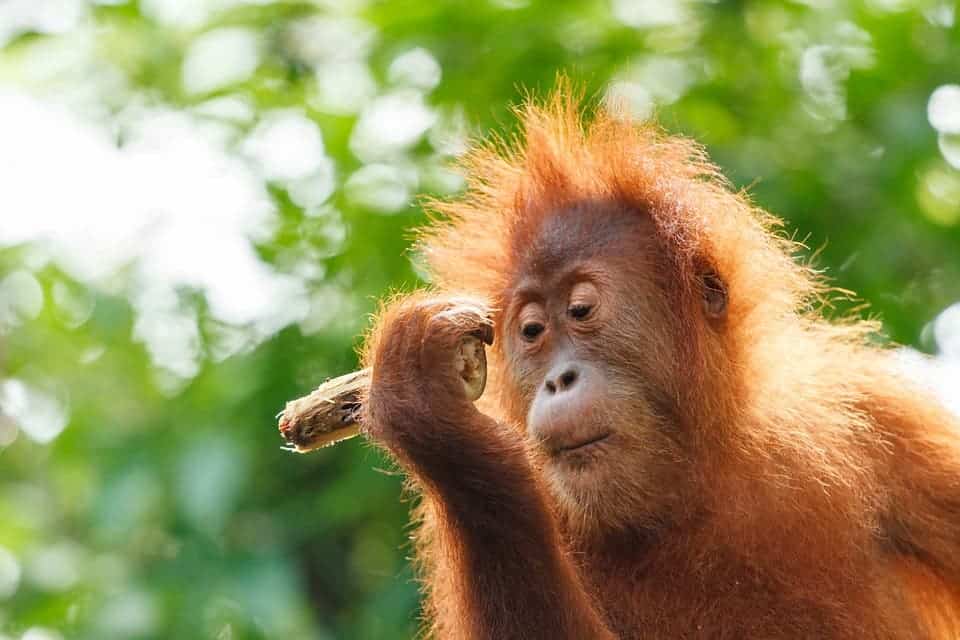
Human language is incredibly diverse, rich, and complex. The words we choose to use matter, content also matters, and oftentimes, this complexity can create languages within languages. A perfect example is slang — the informal usage in vocabulary and idiom that is characteristically more metaphorical, playful, elliptical, vivid, and ephemeral than ordinary language.
While slang can be used to obscure conversations from other people who are not in the know, it is rarely used to exchange information. More often, slang is a social tool used for promoting group cohesion, allowing people to identify with a group, change the discourse to informality, or protest an oppressive authority. Slang is thus quite a complex social-driven behavior, and it seems like humans aren’t the only ones that use it.
Orangutans show off their coolness
An international team of researchers led by Dr. Adriano Lameira, a psychologist at the University of Warwick in the UK, has been studying the calls of dozens of orangutans in the jungles of Borneo and Sumatra. Between 2005 and 2010, they logged in more than 6,000 observation hours across six research stations. Amazingly, they found the orangutans use slang-like vocalizations, which were linked to social groups.
Researchers used to think that the “kiss-squeak” signature alarm calls that wild orangutans employed were innate and hardwired, but the new study shows that the apes are constantly coming up with new versions of the calls, which vary in pitch and duration.
Lameira and colleagues found that in smaller, low-density communities, the orangutans were more conservative, employing a consistent slang repertoire throughout time. But new slang call variants pop up occasionally and once everyone in the group hears them, they’re quickly incorporated into the vernacular.
In larger, high-density communities, novel slang is much more common. Like in songbirds, these new calls battle for attention, and not all of them stick. What’s more, individuals seem to purposefully use new vocalizations to stand out and show off their “coolness”, not too different from rebellious teenagers.
High-density communities of orangutans came up with more novel calls more frequently, but many fell out of use. By contrast, the low-density communities came up with new slang less frequently, but the retention rate was much better once novel vocalizations appeared.
These findings suggest that the variations in novel vocalizations and their retention are mediated by social forces. It is very likely that social influence isn’t restricted to alarm calls — it just so happened that these were the easiest to study because they’re less likely to be shaped by other influences.
The researchers continue to follow orangutan vocalizations, which may contain clues that could help us untangle the complicated and obscure origin of language. Great ape repertoires have consonant- and vowel-like sounds which can be confined to make syllables and other rudimentary components of speech.
If this new study is any indication, language must have evolved gradually, shaped by social factors. As such, orangutans and great apes may be our best bet to improve our understanding of the evolution of speech and language.
The findings appeared in the journal Nature Ecology and Evolution.


